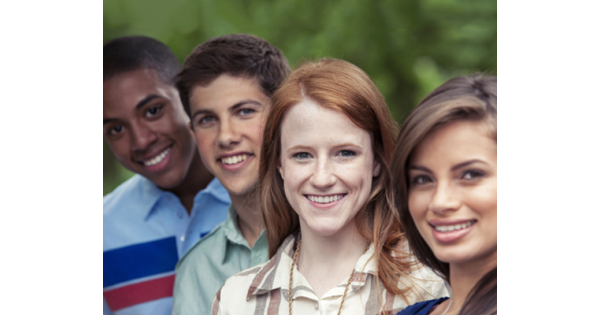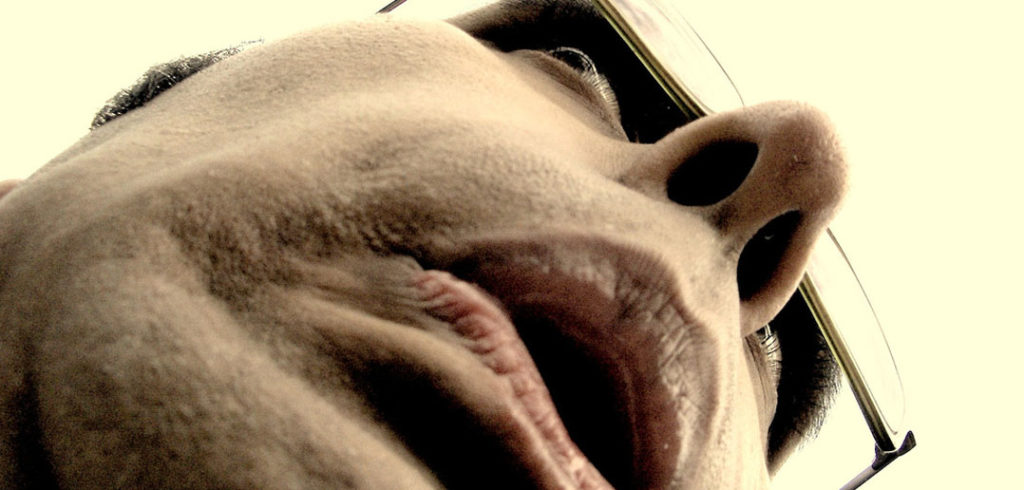
Declines in Teen Pregnancy Risk Entirely Driven by Improved Contraceptive Use
Articles of interest to a medical doctor with interests in Psychiatry, Technology and Ophthalmology.


Hi Reddit,
My name is Simon “Niels” Groen and I am post-doctoral fellow at New York University. My research focuses on plant-microbe-insect interactions. I am joined by Nik Cunniffe, a University Lecturer in the Department of Plant Sciences at the University of Cambridge and co-author on the PLOS Pathogens article. Nik’s research focuses on developing mathematical models of how plant diseases spread, evolve and can be controlled.
We recently published a paper titled Virus Infection of Plants Alters Pollinator Preference: A Payback for Susceptible Hosts? in PLOS Pathogens. Cucumber mosaic virus, an important pathogen of tomato, causes plants to emit volatile chemicals that attract bumblebees - bumblebees are important tomato pollinators, but do not transmit this virus. We propose that under natural conditions, helping host reproduction by encouraging bee visitation might represent a ‘payback’ by the virus to susceptible hosts.
We will be answering your questions at 1pm ET -- Ask Us Anything!
Don’t forget to follow Niels and Nik on Twitter @simoncgroen and @nikcunniffe.





Hi Reddit! Karl here. I am a professor of Chemistry and Biochemistry at the University of Delaware. I have a successful research group with over 100 publications and 5 patents on the design and application of chemical sensors. I’m a Fellow of the American Chemical Society and Fellow of the Society for Applied Spectroscopy.
I broke by neck BASE jumping in the Grand Canyon during Spring Break my freshman year of college. OK, really it was playing flag football, but I’m working on a much sexier legend.
I’ve been active in promoting inclusion of underrepresented groups, especially persons with disabilities in STEM for the past 15 years. I’ve chaired the ACS Committee on Chemists with Disabilities and am current chair of the ACS Diversity and Inclusion Advisory Board.
I’m also Principal Investigator on a newly renewed NSF research experience for undergraduates (REU) grant to get research experience for students with disabilities interested in advanced STEM degrees. http://ift.tt/2bOVrX1
People with disabilities (PWD) continue to be a greatly underrepresented group in Science Technology, Engineering and Mathematics (STEM). PWD comprise 7% of the population between 16 and 21 (US Census) and 8.6% of the total school population participates in the Individuals with Disabilities Education Act (IDEA). Students with disabilities express interest in STEM at the same rate as students without disabilities. Approximately 20% of graduating high school seniors and ~20% of graduating college seniors wish to continue towards a higher degree in STEM. However, less than 2% of STEM doctoral degrees earned by US citizens or permanent residents are awarded to students who identify as having a disability! Remove soft sciences from the equation and the rate drops to 1%.
Amazingly there has been no improvement in PWD doctoral students since the passage of the Americans with Disabilities Act (ADA) in 1991: there is no statistical increase in the percentage of earned STEM doctoral degrees by PWD among US citizens or permanent residents at US institutions (see this figure http://ift.tt/2c7LX7b). Factor in foreign national students to get the statistics on all STEM doctoral degrees awarded by US institutions and the trend becomes negative improvement.
Across the same time frame, the percentage of STEM doctoral degrees earned by African American and Hispanic students each increased by 0.16 or 0.17 percentage points per year on average. Federal support and interest in the outcome may well be a factor. The 2010 Federal STEM Education Inventory Data Set on broadening participation (data.gov) shows $397.8M dedicated to ‘Institutional Capacity’ or ‘Postsecondary STEM’ with $378.3M earmarked for underrepresented minorities and only $19.6M dedicated to students with disabilities. This is a 19:1 ratio!
I will be back at 1 pm ET, Ask me anything about getting more opportunities in STEM research and careers for people with disabilities!
We work for the Schmidt Ocean Institute, a non-profit established to advance oceanographic research of the ocean through exploration, innovation and data sharing. This is the first submersible vehicle SOI has built. Before SuBastian, SOI rented scientific robots to launch off our retrofitted ship, Falkor (an ex-German fishery protection vessel). Yes, both Falkor and SuBastian get their names from The Neverending Story.
Every year we open a call for expressions of interest. Scientists from around the world can apply for ship time, and we’re really focusing on high-risk, high-reward, cutting-edge science that wouldn’t normally get funded by traditional funding agencies. Humanity still knows very little about the deep ocean.
The ROV was built to have the power of a rugby player but the dexterity of a neurosurgeon - it is powerful and precise. It is able to take 4k video, sample underwater thermal vents and collect samples 2.8 miles below the ocean’s surface: conditions where where darkness, near-freezing temperatures and intense pressure are just a few of the obstacles, and the ROV is able to stay underwater for days as needed.
This summer the ROV crew is testing SuBastian in the open ocean, and in November they will conduct scientific experiments near Hydrothermal Vents in the Marianas Trench.
We will be back at 4 pm ET to answer your questions, Ask us anything!


